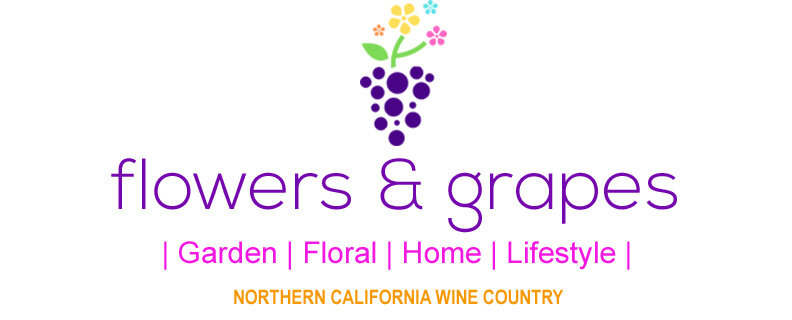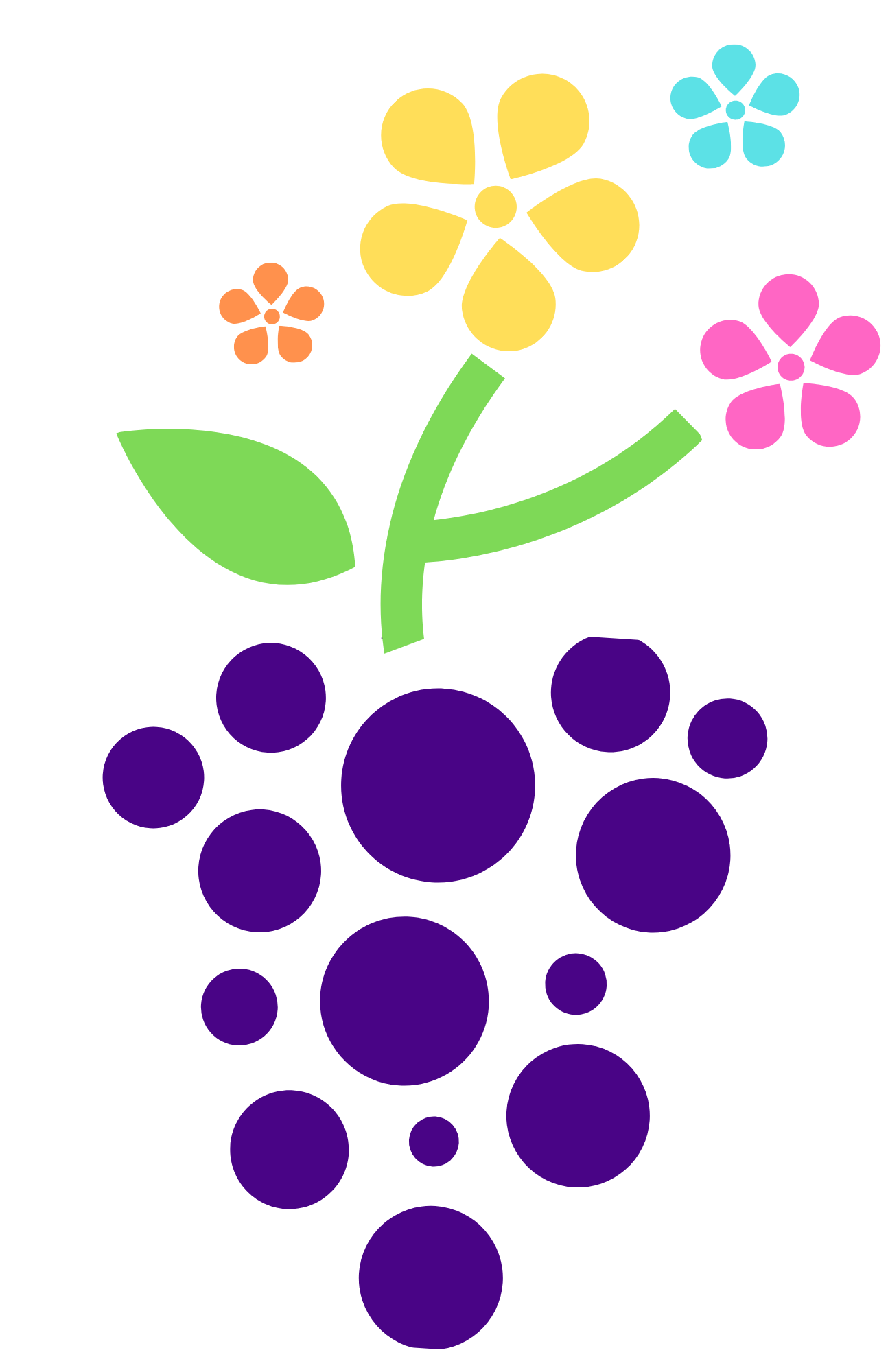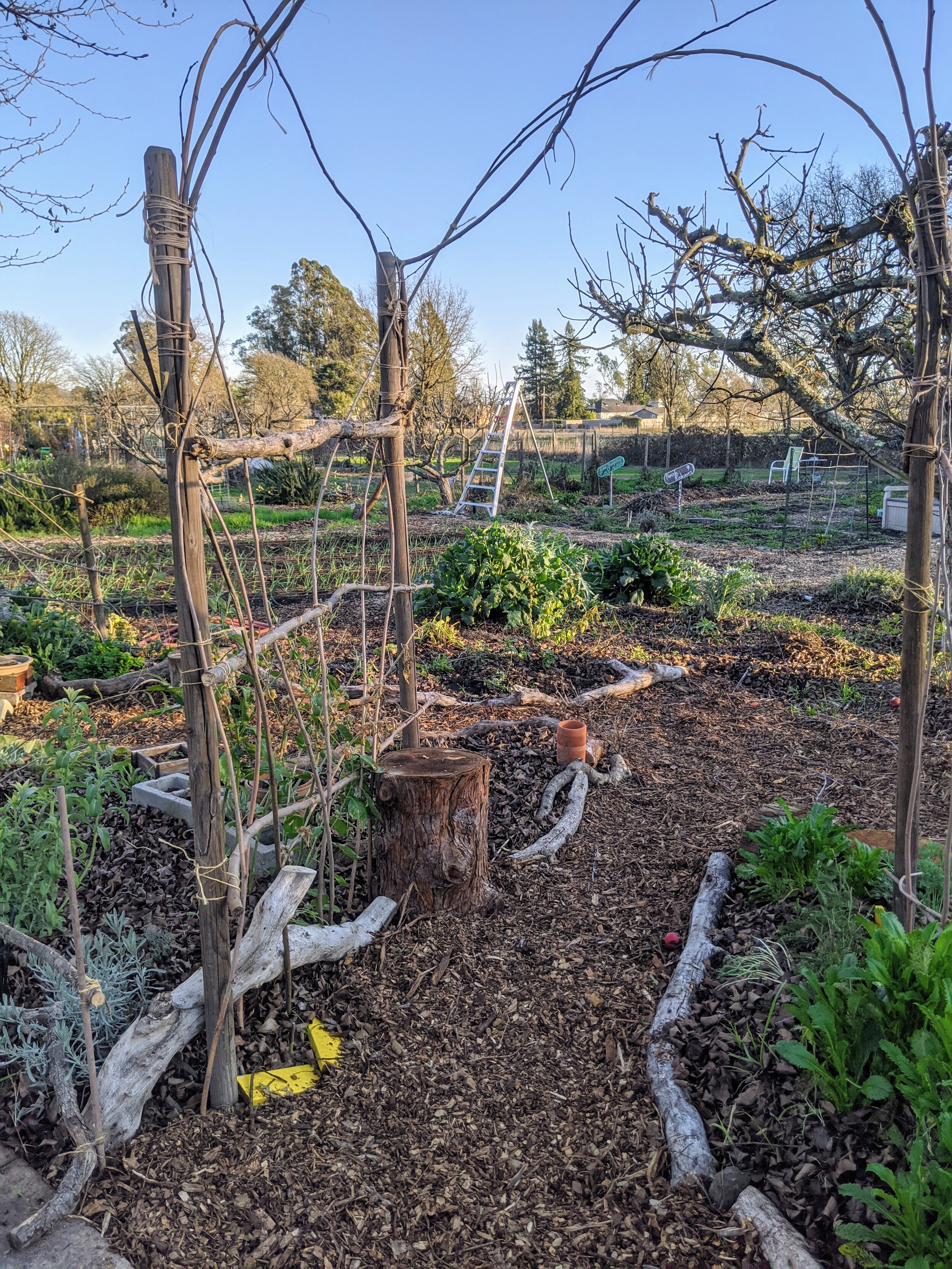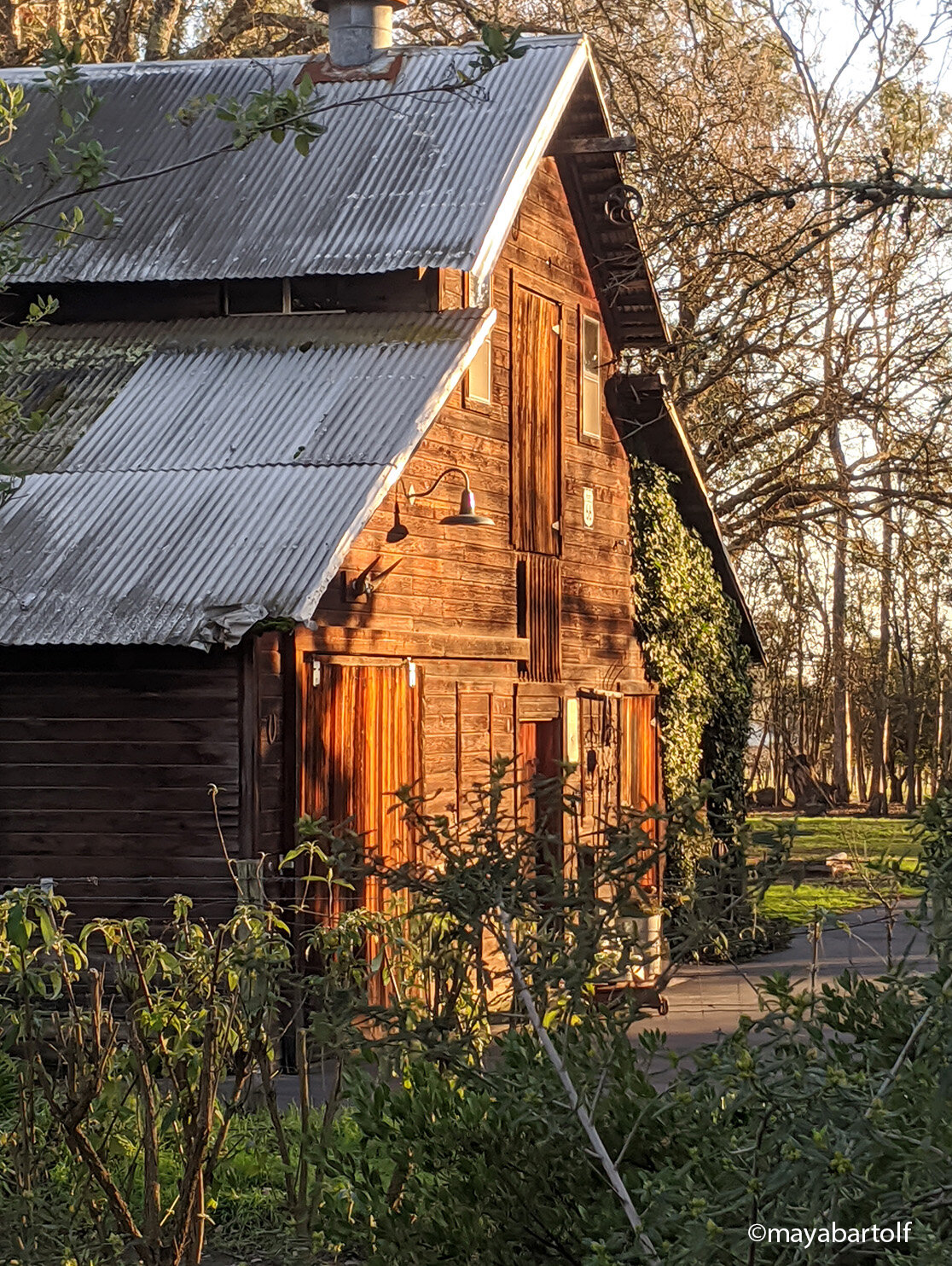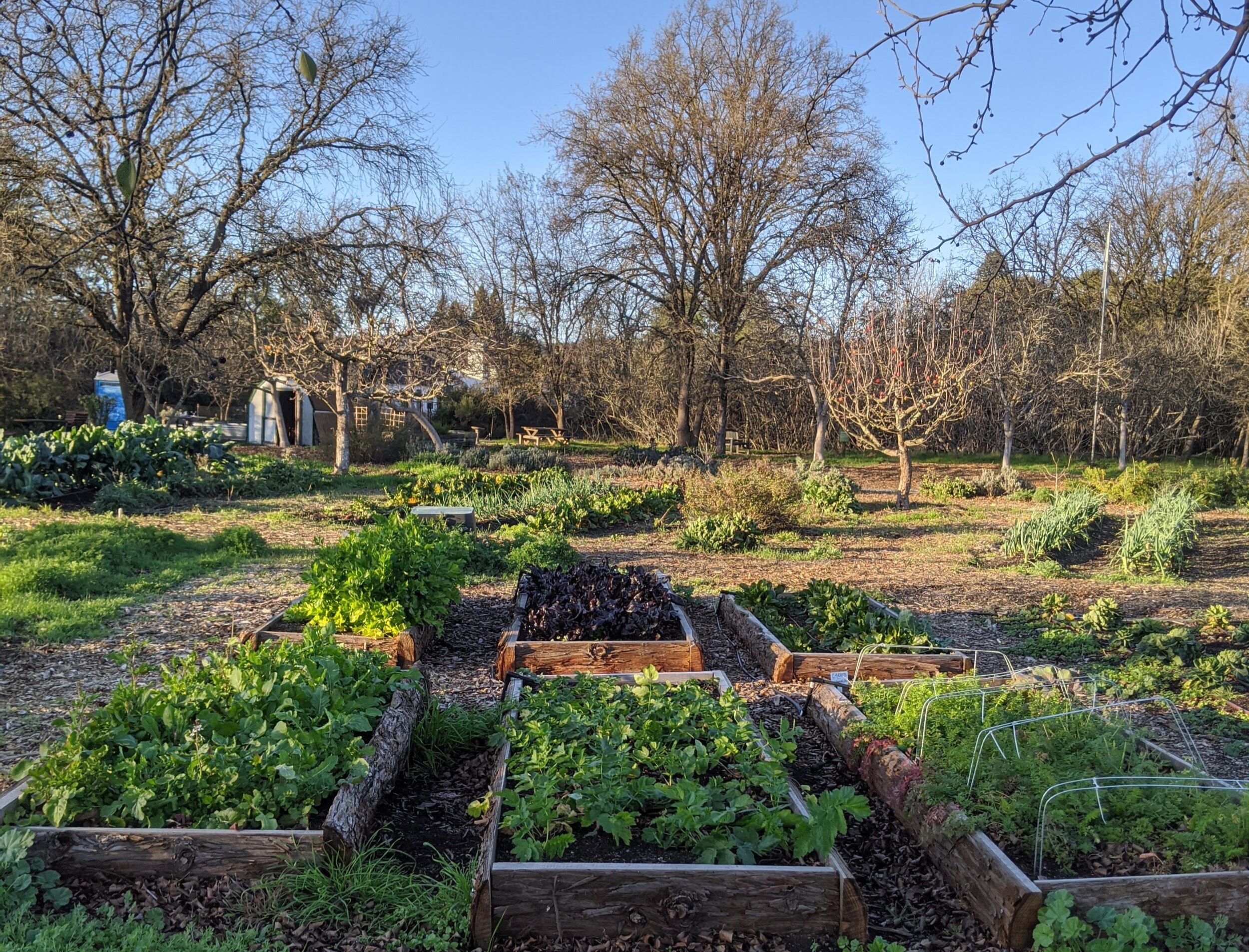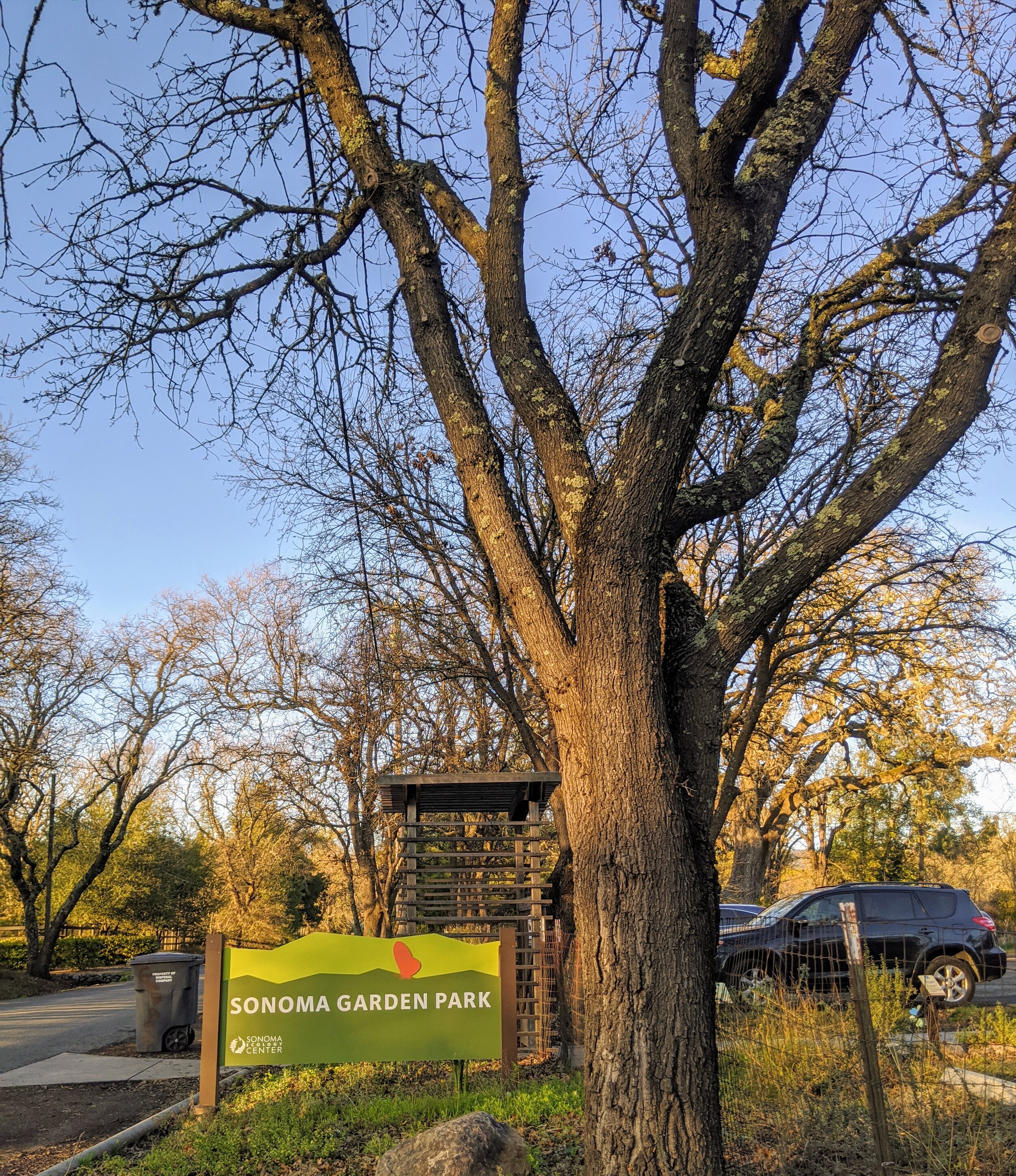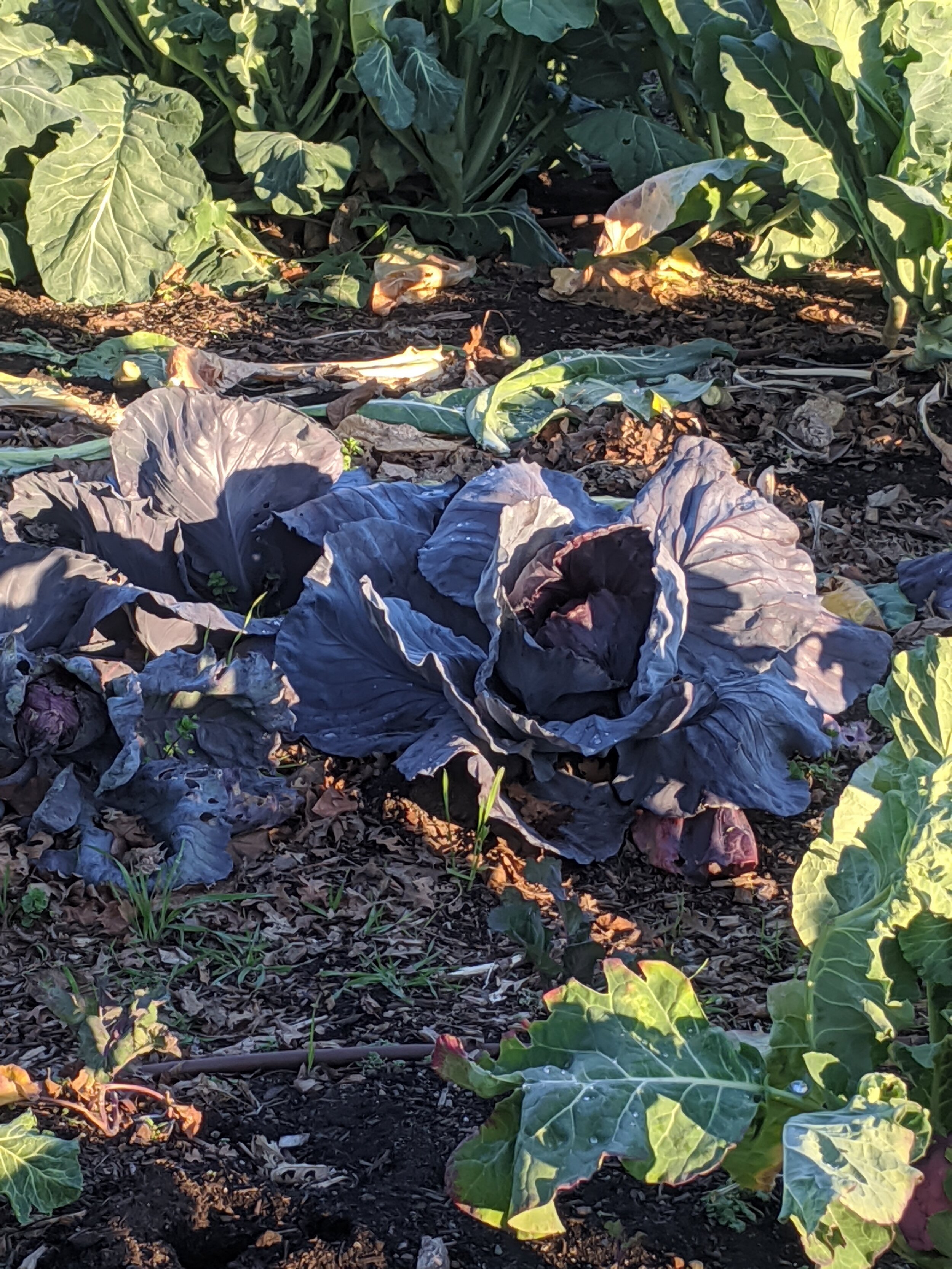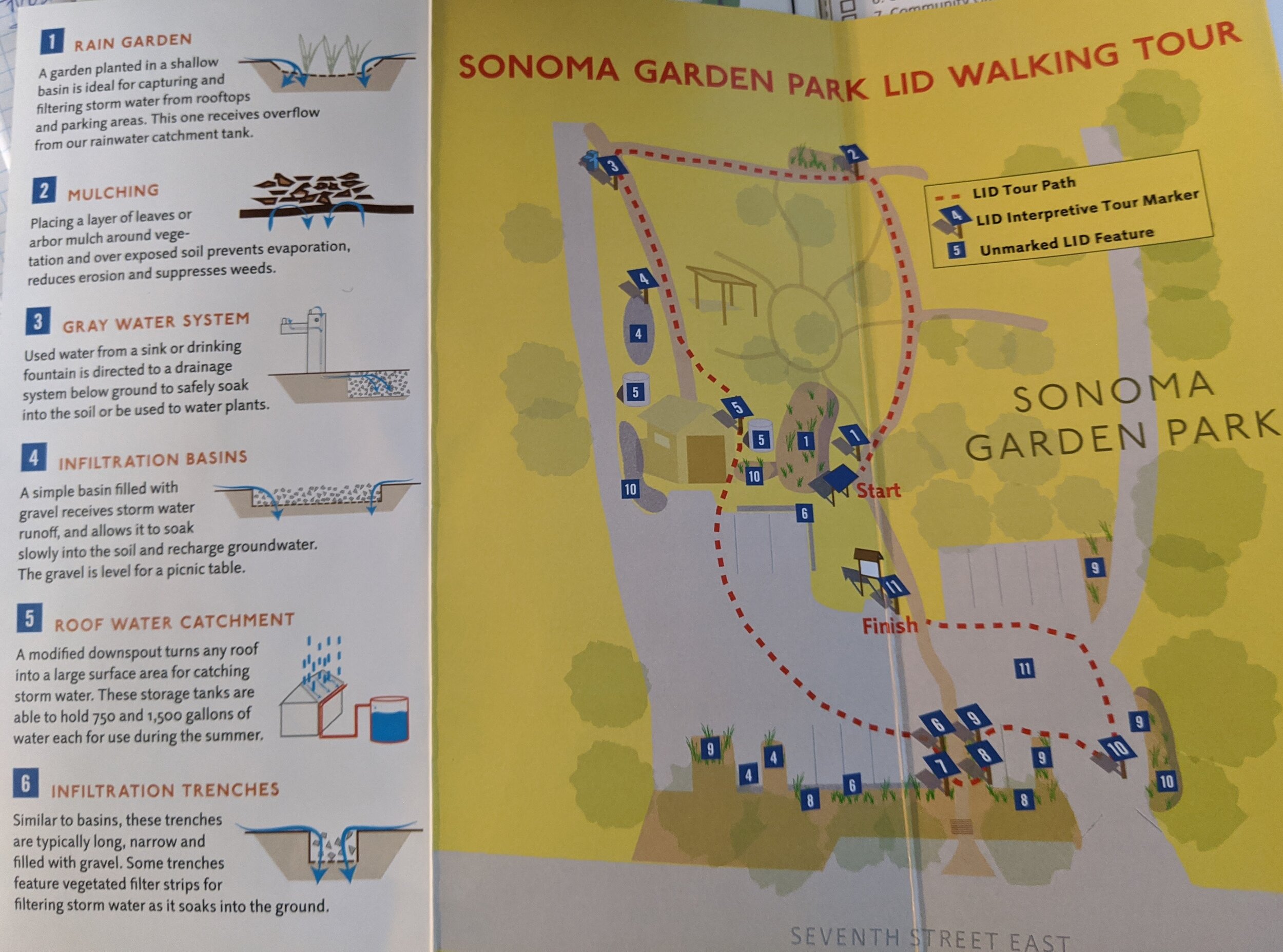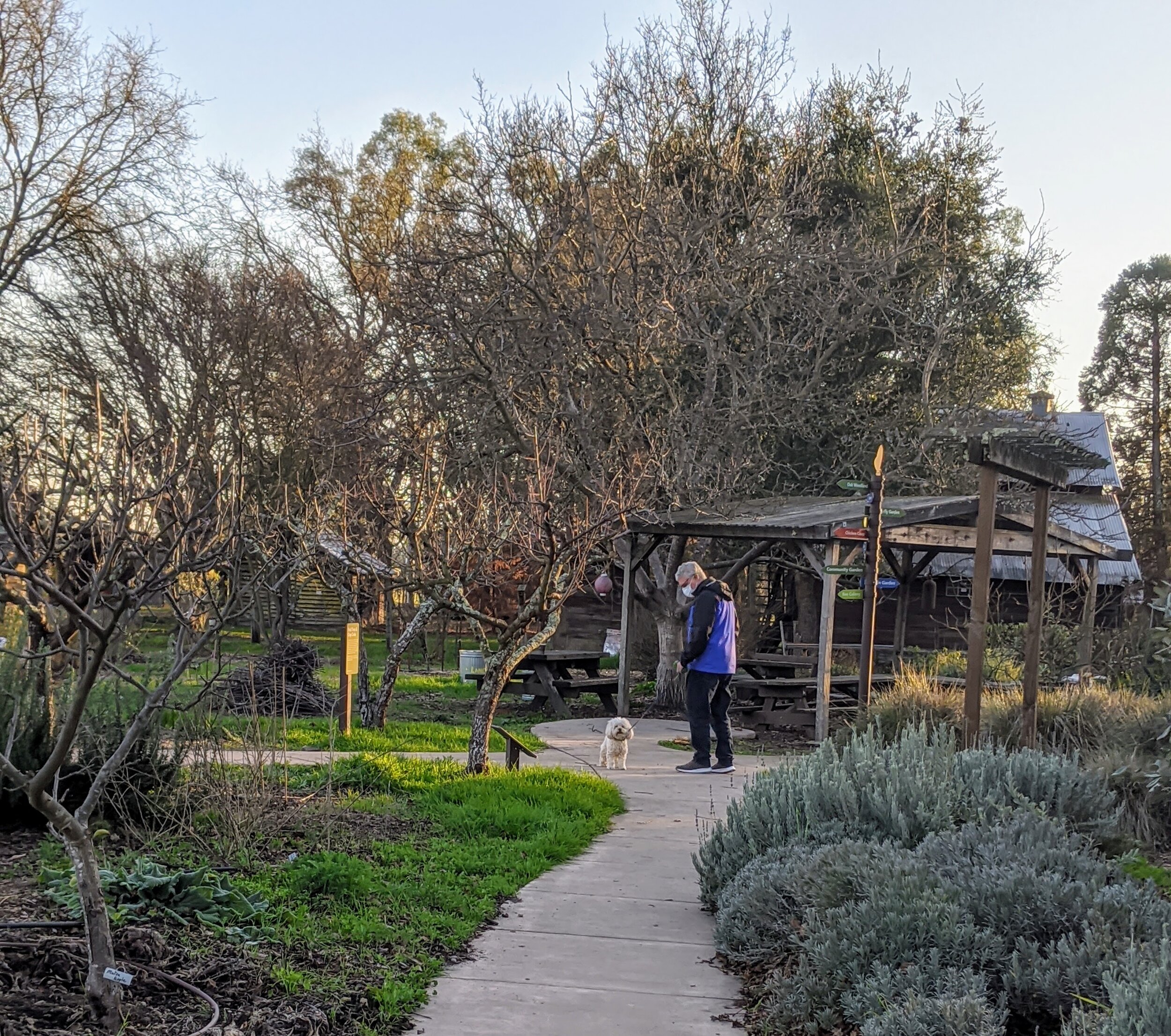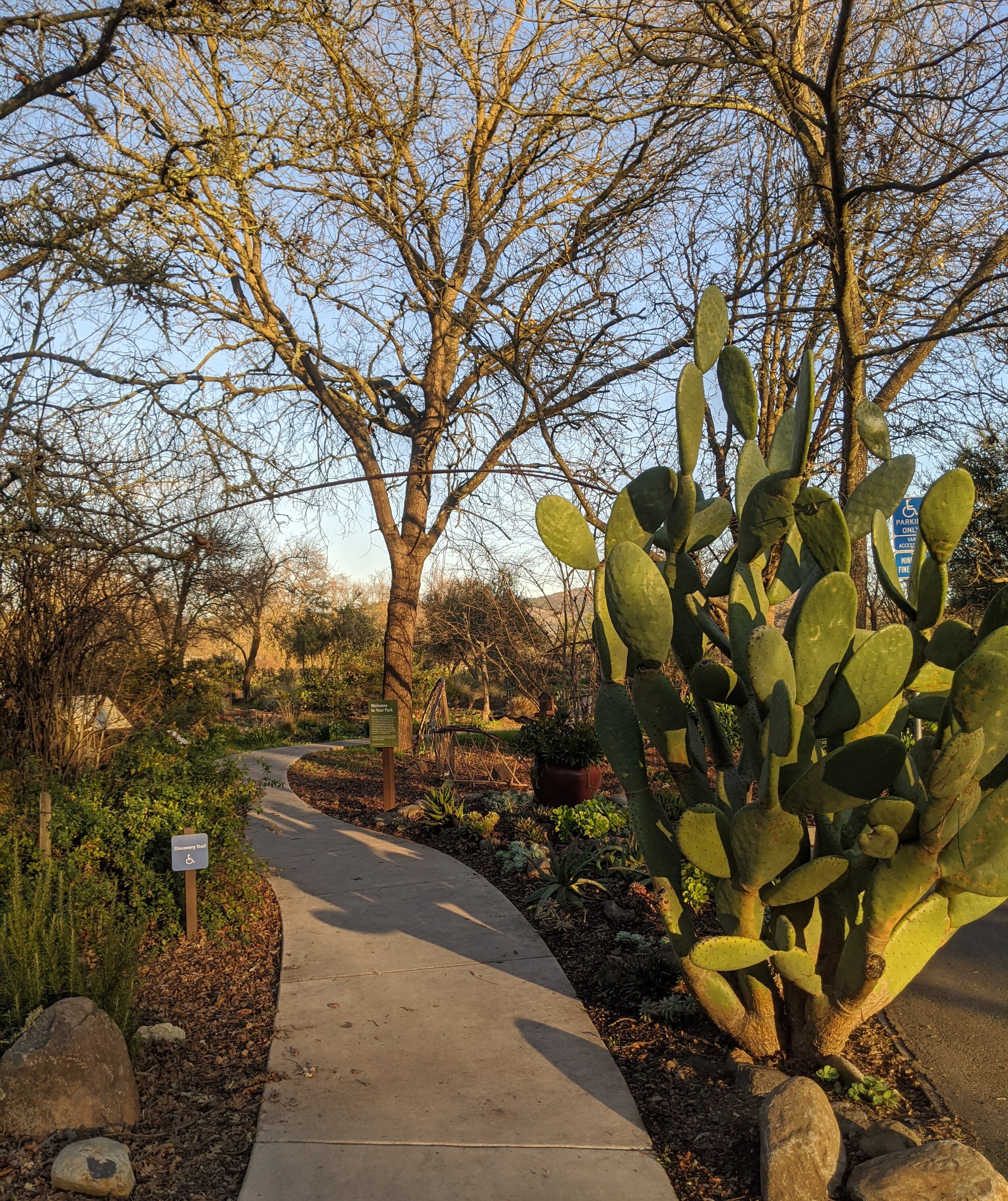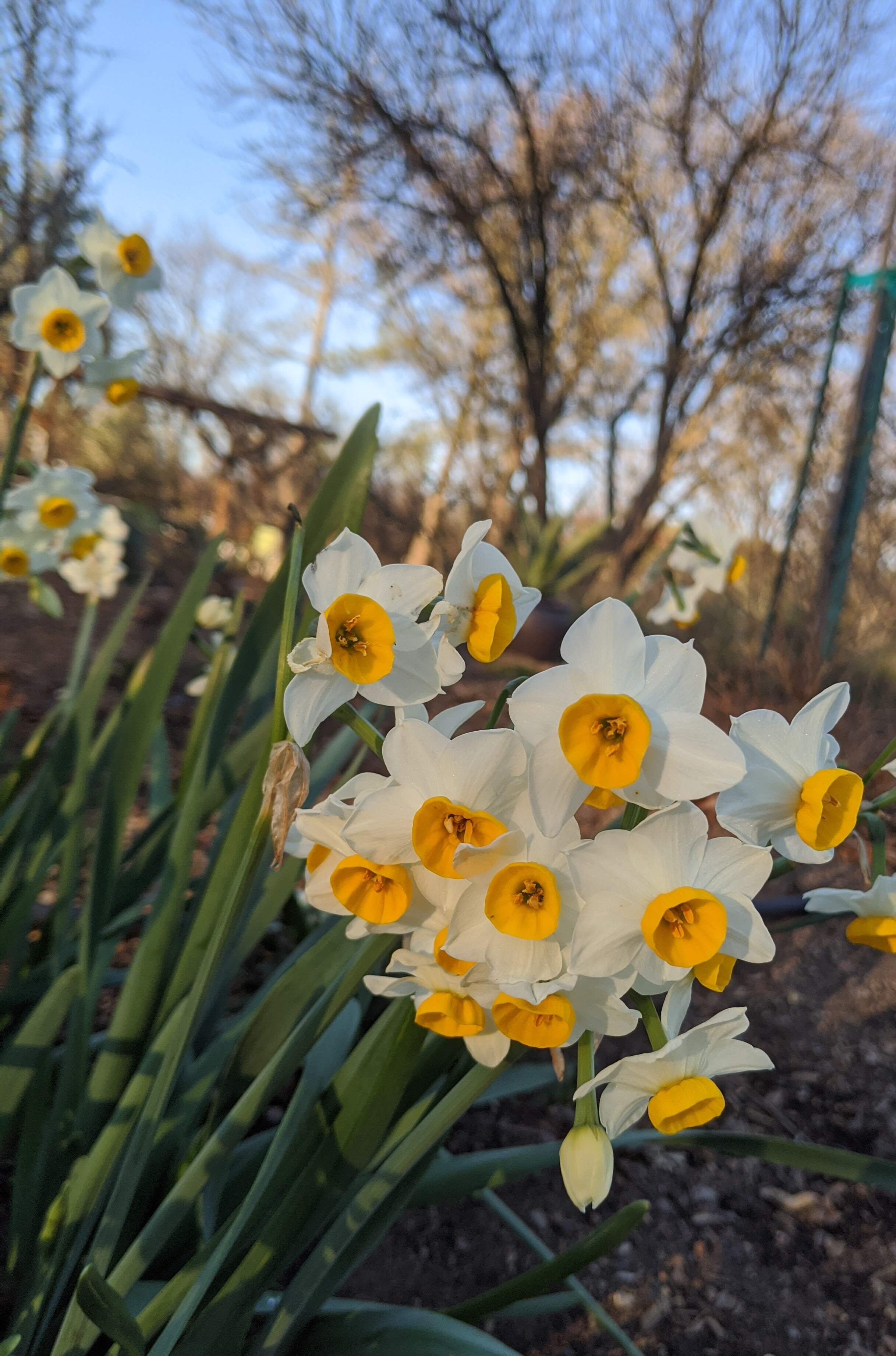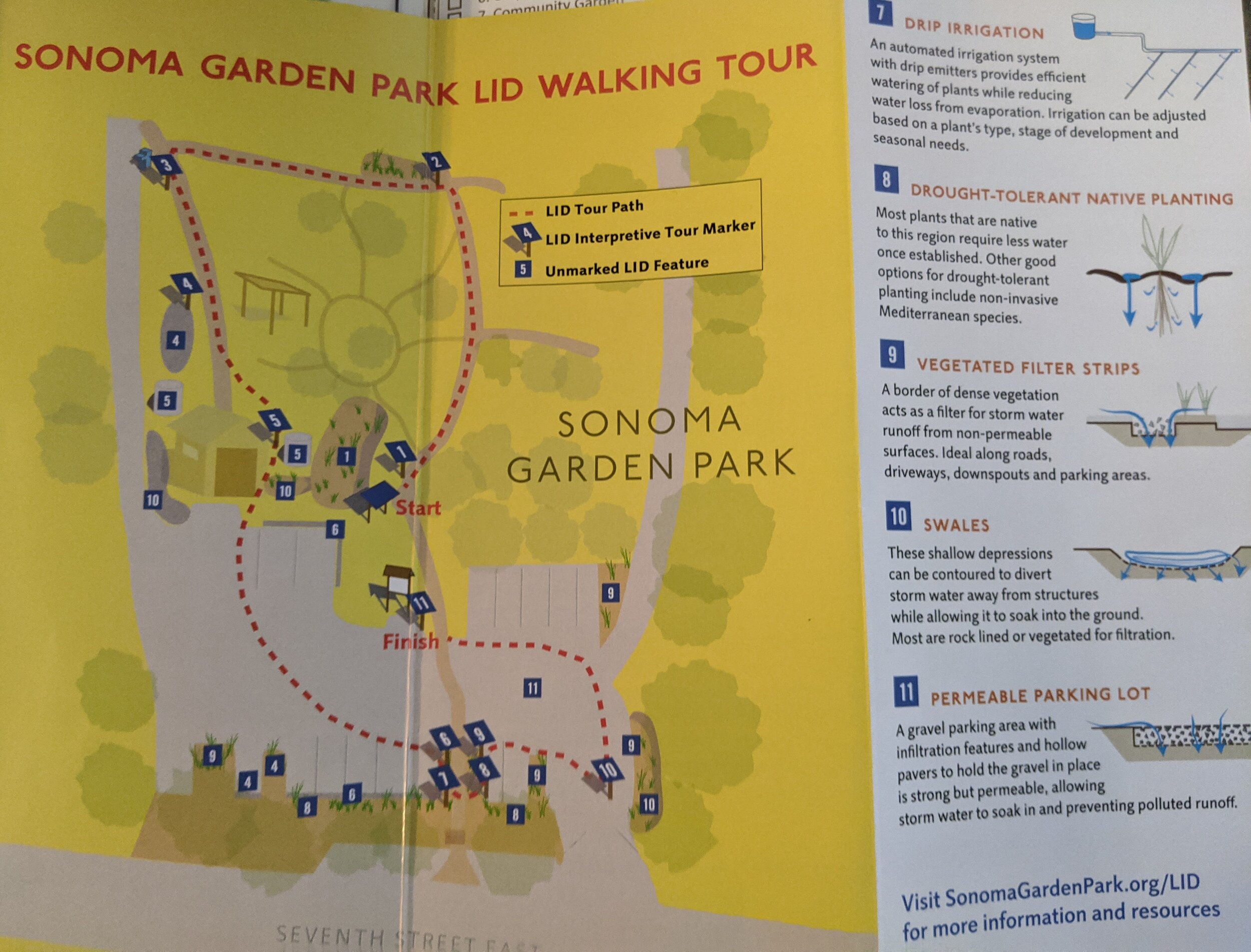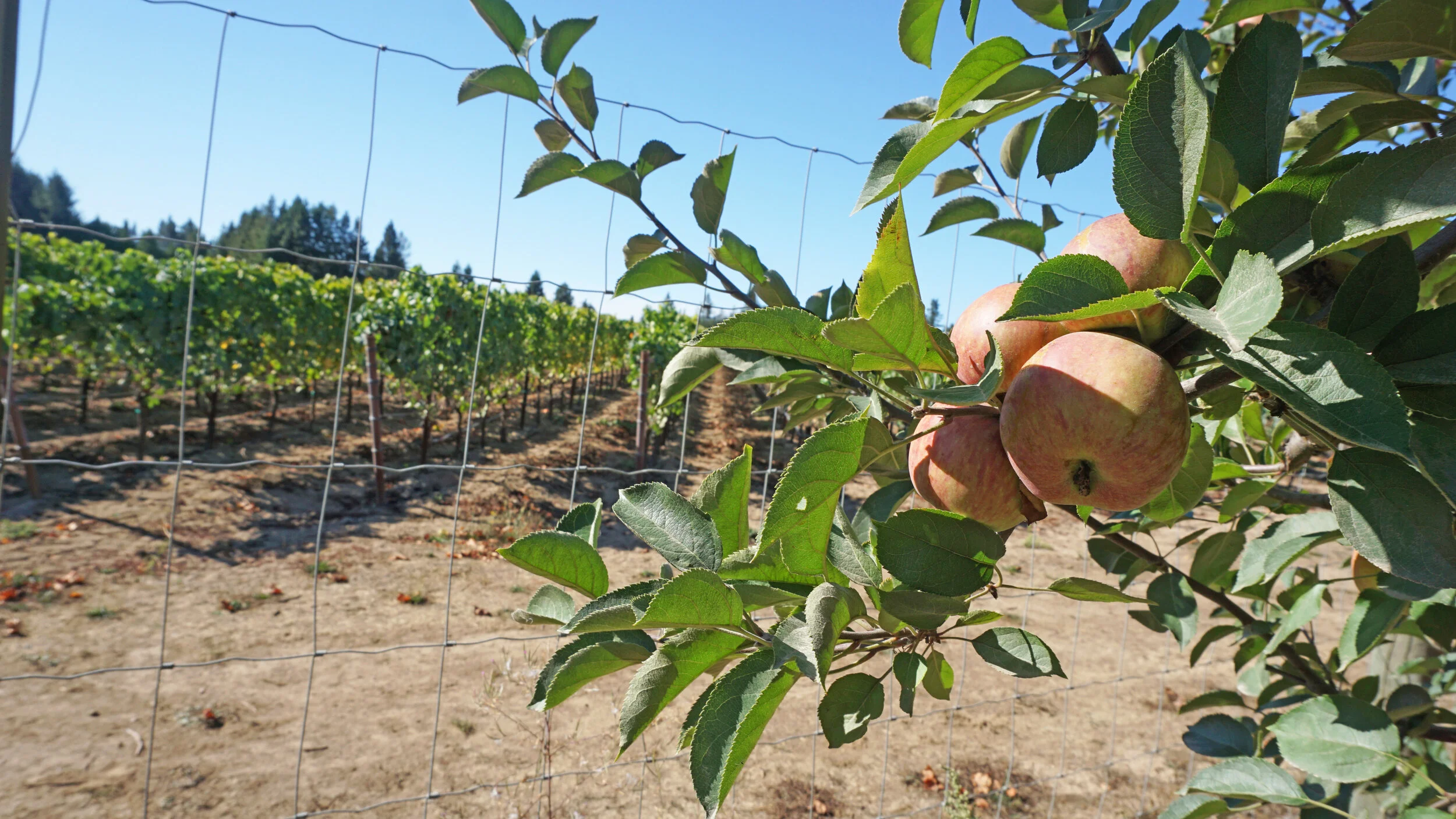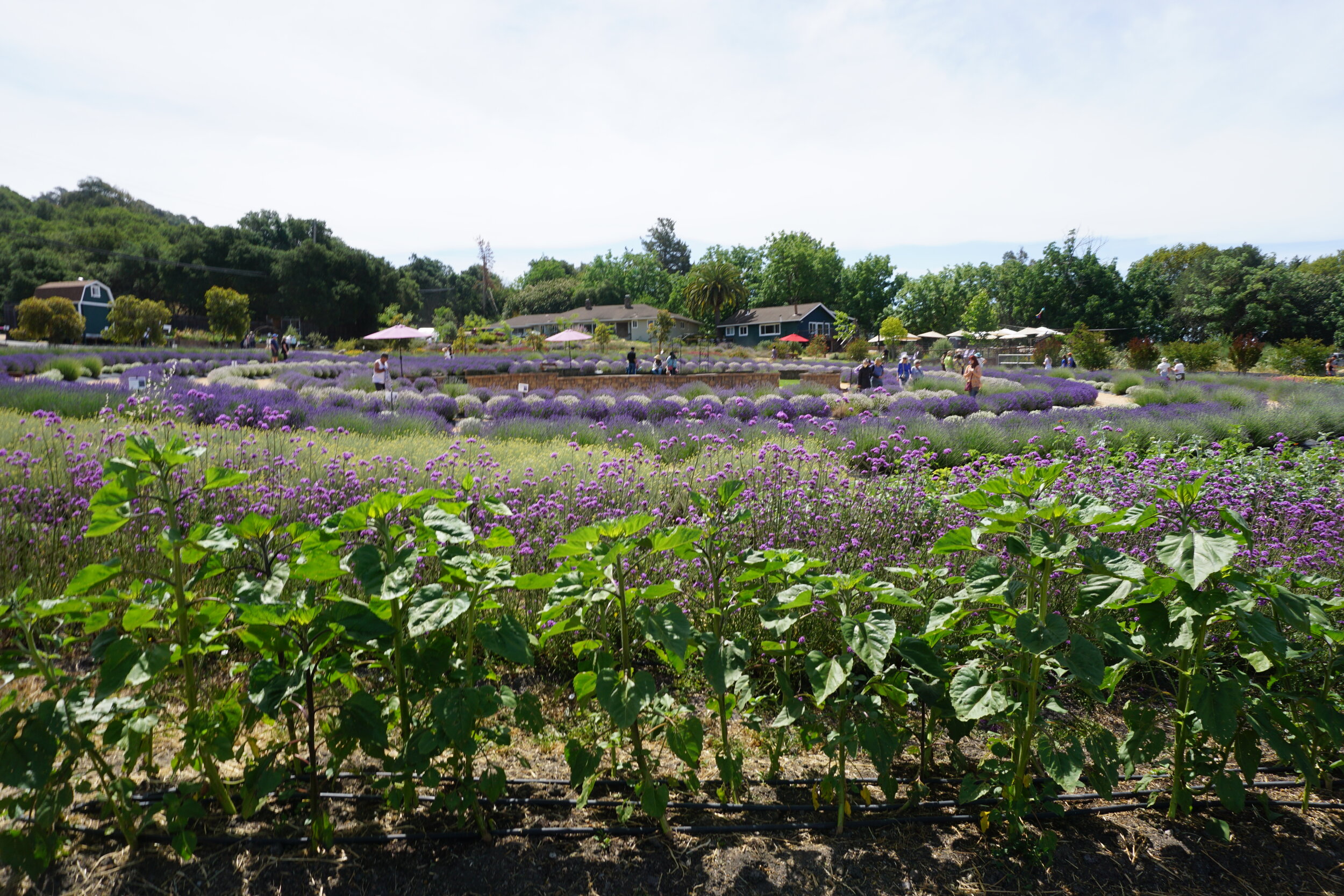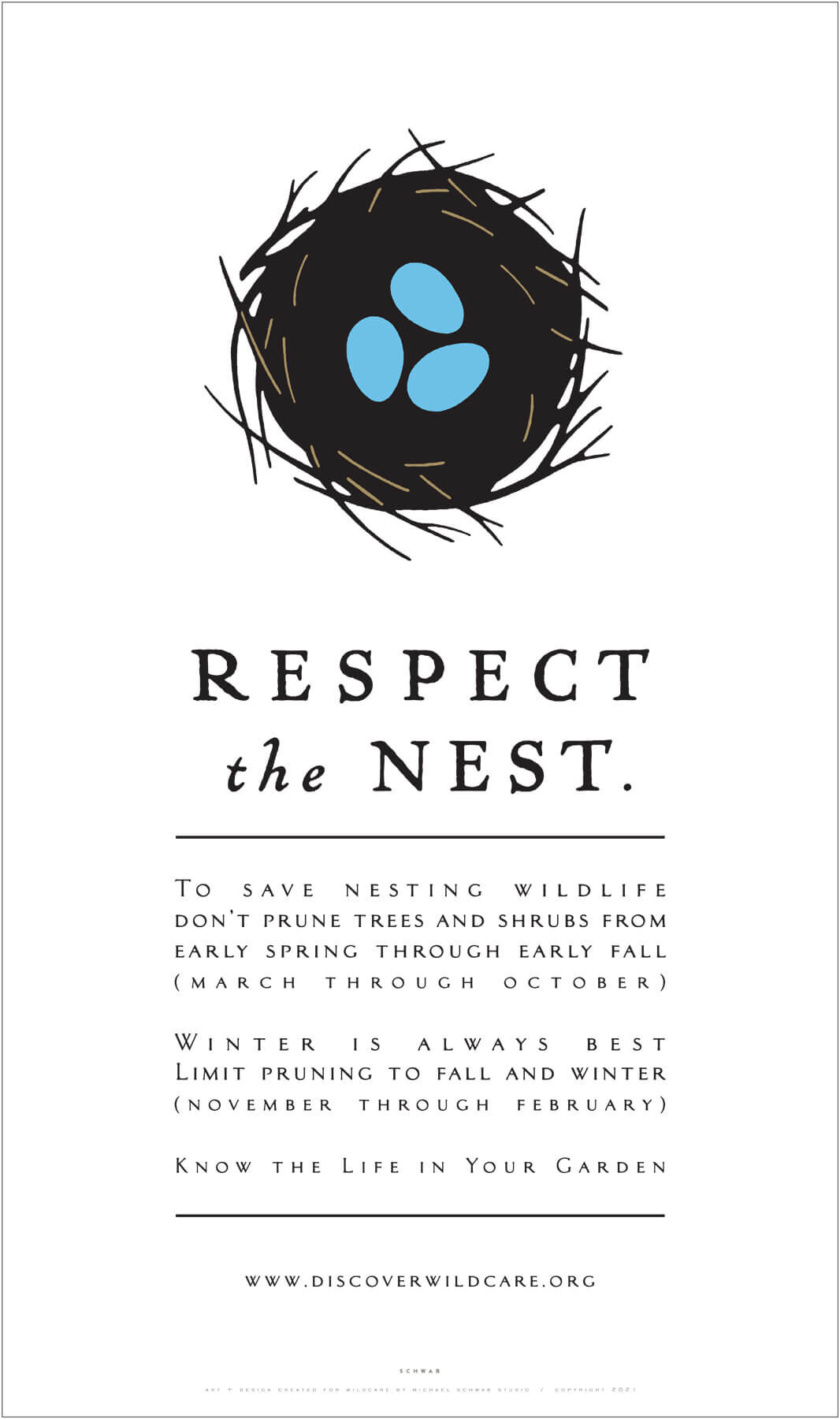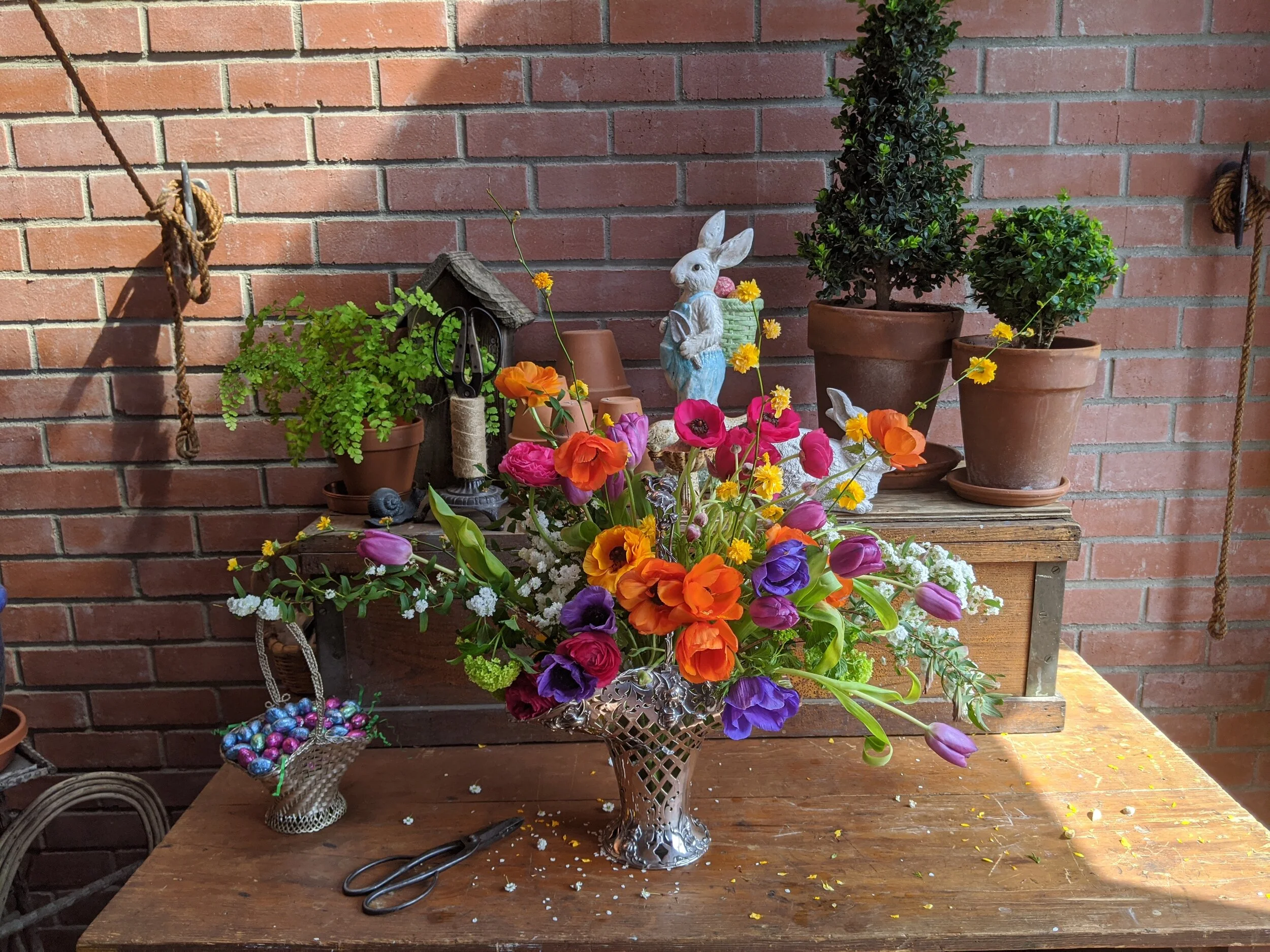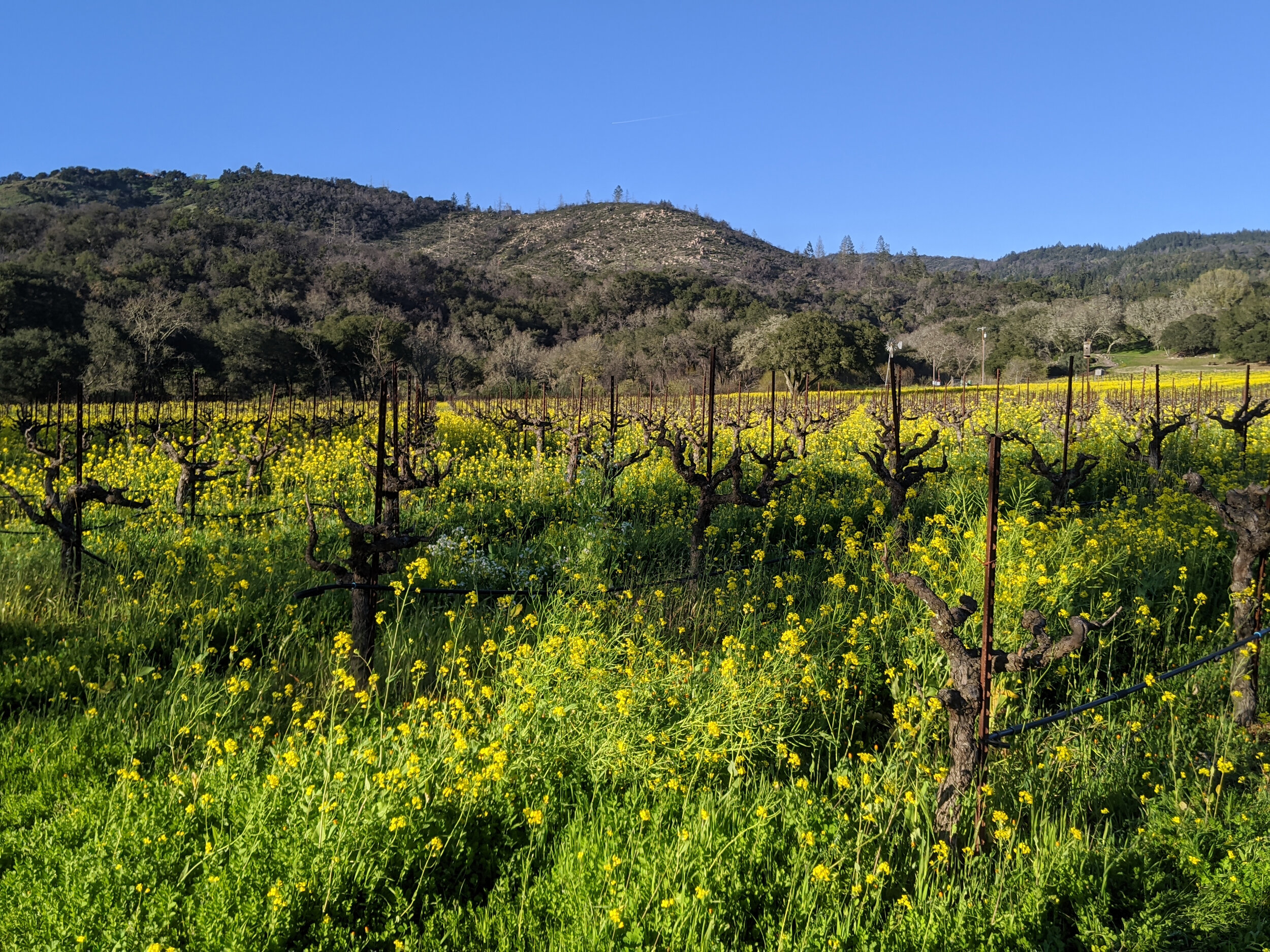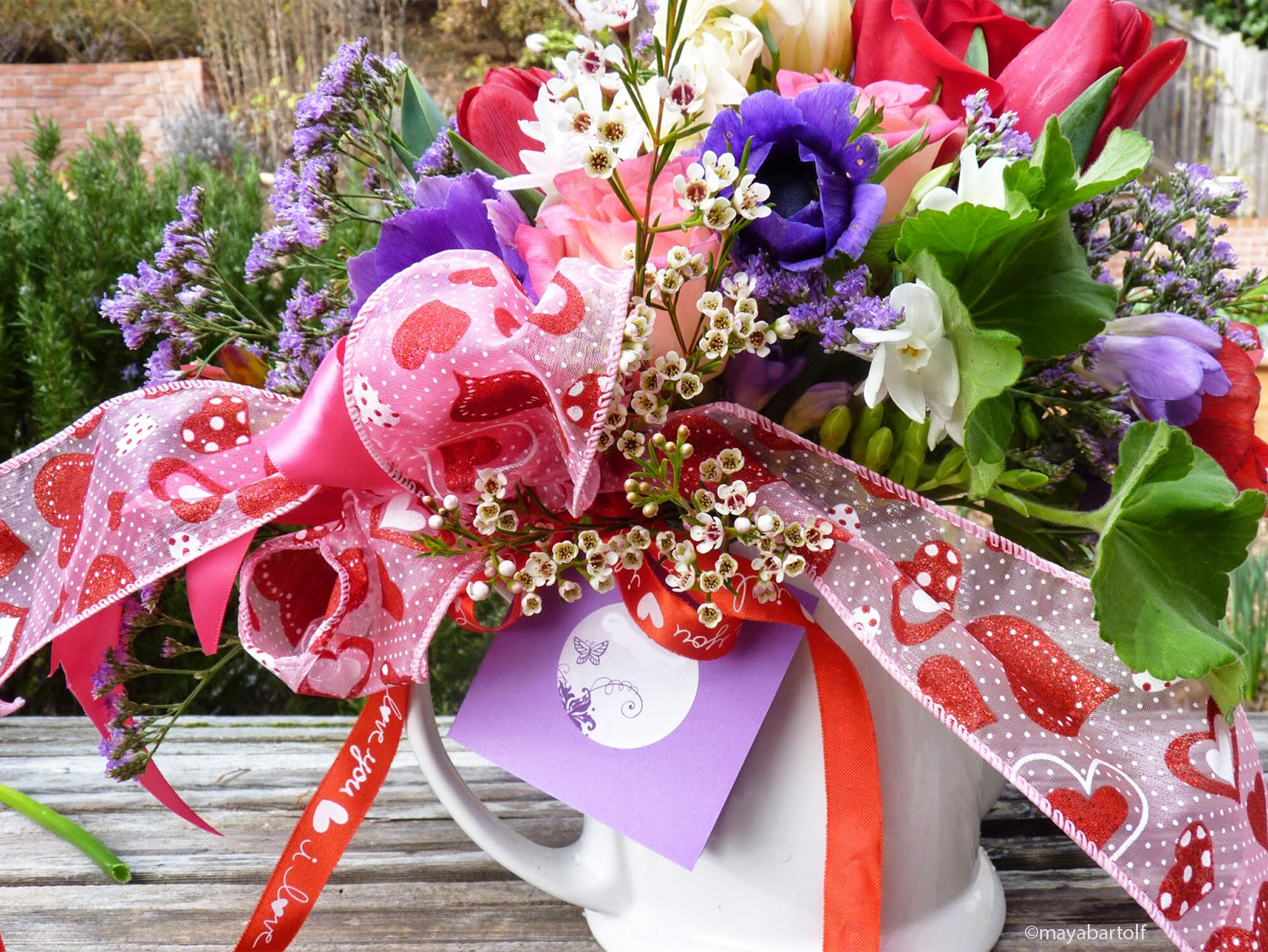Winter Wanderings: Sonoma Garden Park
Winter is a perfect time for gardeners to bundle up and go outside to explore new gardens. Inspired by a bout of cabin fever brought on by recent rain storms, I ventured out to Sonoma Garden Park to find a charming working farm and so much more!
Winter is a perfect time for gardeners with cabin fever to get outside and explore new gardens. Visiting gardens during the winter provides the opportunity to see the bare bones of garden design and landscape infrastructure emptied of the plants and flowers that become abundant in spring. Dormant winter gardens offer unobstructed sight-lines to highlight the foundational garden design and irrigation systems upon which gardens grow. Just bundle up and get outside. Winter wandering is a fun way to broaden knowledge of garden design, architecture, and infrastructure. Always bring a notebook and camera to take reference notes/images for future garden projects. Also, winter wanderings provide a relatively safe outdoor activity during the Covid19 pandemic as most public gardens are open outdoor experiences requiring mask wearing and safe social distance protocols. As you can see from my photos, Sonoma Garden Park was almost completely devoid of people during my late afternoon visit this January.
After being homebound and stir crazy for almost a week following the first rain storm this winter, I ventured out to Sonoma Garden Park. With the ever-present weight of the California drought in mind with rainfall averages falling way short this winter, I was surprised to find Sonoma Garden Park a fantastic opportunity to see and learn about the many water-wise Low Impact Water Design [LID] landscape features employed throughout the garden. Sonoma Garden Park is a 6.1-acre working farm, community park, model of sustainable agriculture, and also the educational campus of Sonoma Ecology Center. It has the charming feel of a suburban homestead farm complete with beehives and chicken coop but on a rambling community scale.
Once an abandoned fruit orchard, this property was donated as a gift to the City of Sonoma by Pauline Bond, a teacher, and local gardener. She envisioned it to be a park and garden education center. In 1993 the Sonoma Ecology Center began to manage the property on the city’s behalf. Since, it has become a treasured community resource of lush gardens, orchards, and a beautiful natural setting for community and educational programs—especially in water-wise education.
Sonoma Garden Park features a demonstration garden, a children’s garden, a community garden, a butterfly garden, a native bee garden, and a bird garden. Garden highlights also include a fig forest, straw bale barn, over 150 fruit trees, a solar well, compost system, beehives, a chicken coop, and interpretative displays and walking trails. The garden also provides winding walking paths and beautiful venues for gathering with picnic tables and garden benches sprinkled throughout the landscape.
Straw Bale Barn complete with roof water catchment system attached to a cistern that stores 1,500 gallons of water to be used during the dry summer. In the foreground, a rainwater garden basin constructed of stone and gravel is designed to capture and filter storm water overflow off rooftop, cistern, and also the parking lot.
However, the self-guided tour of the many Low Impact Water Design [LID] features throughout the garden is a unique opportunity to see and learn about water-saving features suitable for every garden. Low Impact Design is a landscaping method that helps rainwater soak back into the ground replenishing springs and recharging aquifers. LID techniques direct rainwater to gardens, swales, basins, and other permeable filtration and slow-release techniques. A map of the many LID features employed throughout the property helps visitors navigate and identify the water-saving methods. Numbered signs along the tour path explain each LID water-saving feature. LID features include varieties of mulching techniques, a rainwater garden, a gray water system, infiltration basins, roof water catchment, cistern, drip irrigation, drought-tolerant native plantings, and a permeable parking lot.
Sonoma Garden Park is a rich and inviting experience for any visitor to the Sonoma wine country. If you are interested in sustainability it is a model environment to learn about organic and water-wise gardening and ecosystems. The park is nestled among chic Sonoma farmhouse residences on 7th Street East and is located about 5 miles from downtown Sonoma. This charming park is a perfect spot for a picnic or to pick up organic produce at the Harvest Market on Saturdays from 9 am-Noon—March through October. It is open during the pandemic with face masks and 6 feet of social distance required for all visitors.
Here’s to a new year of wine country wanderings with flowers and grapes!
